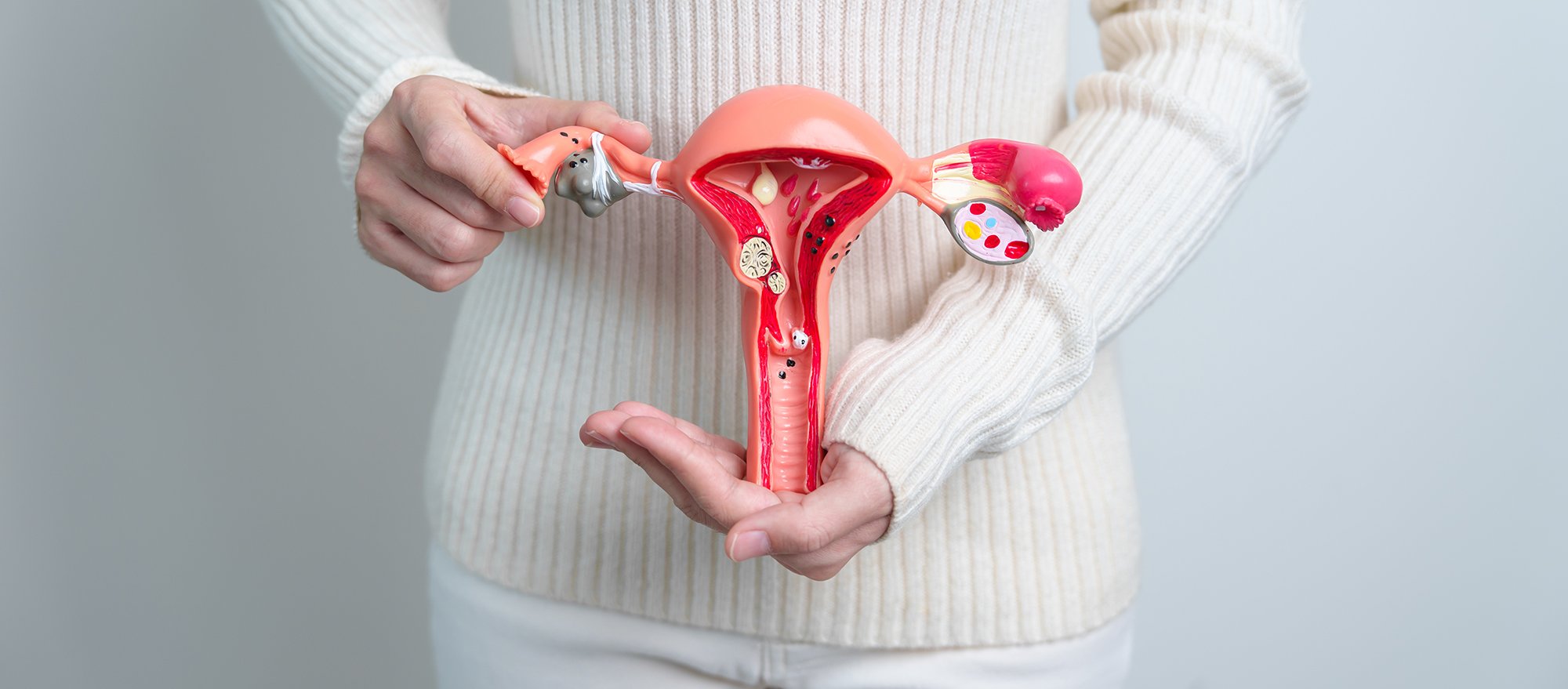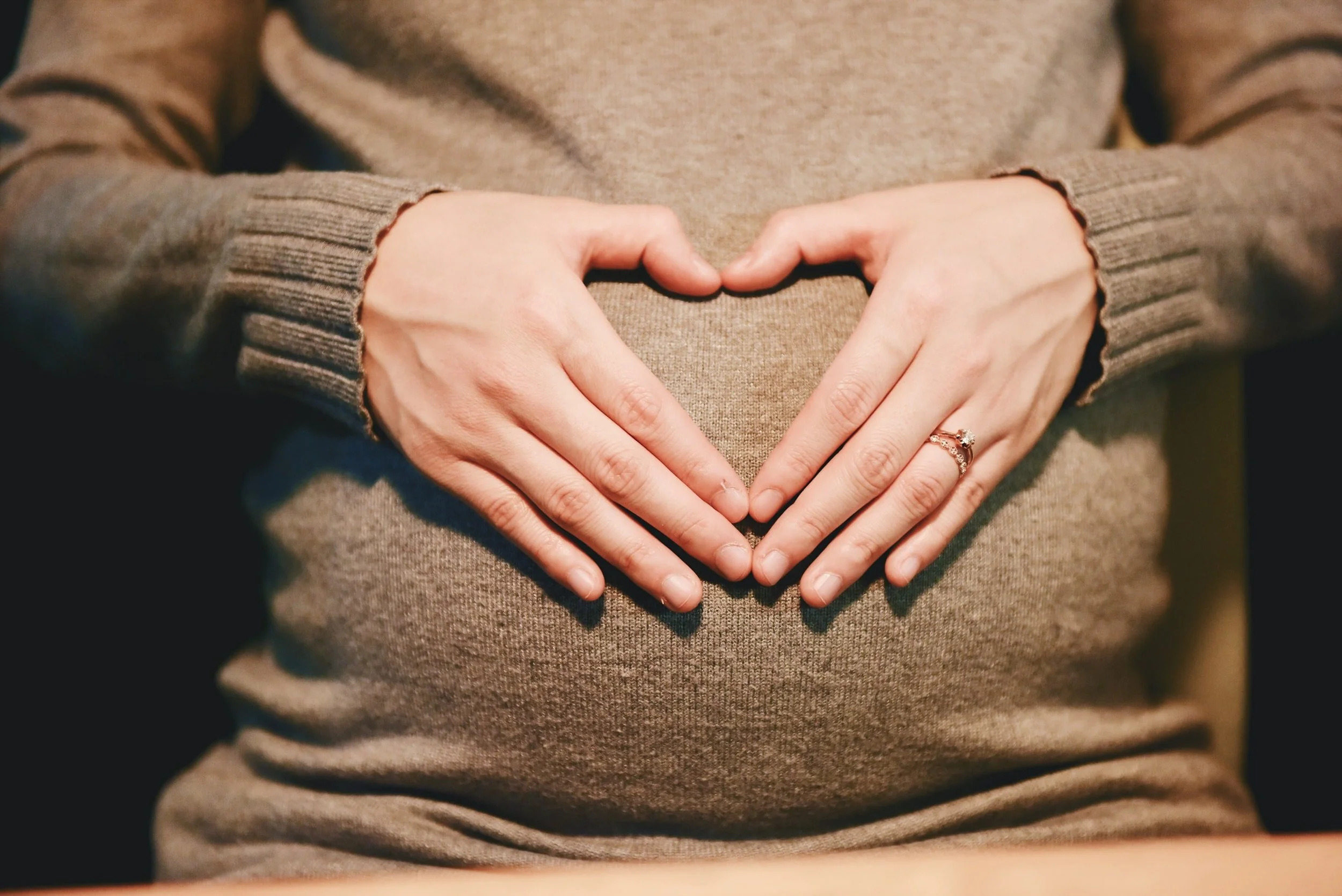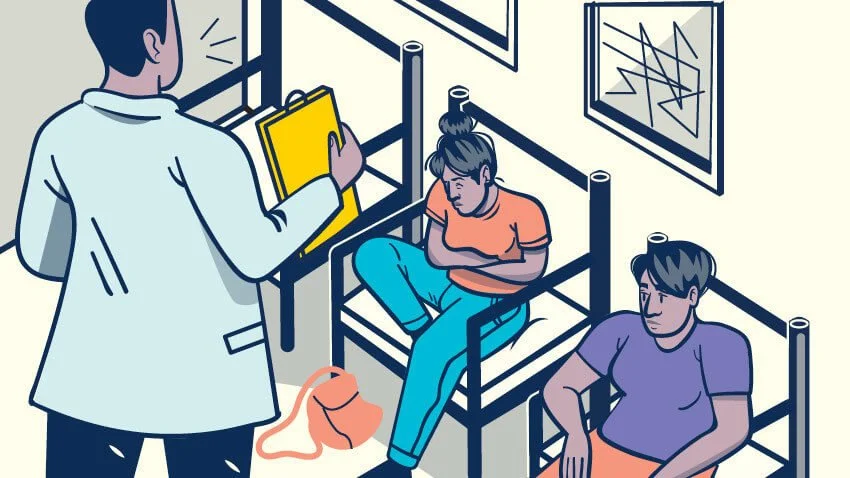
Fibroid Embolization

What is fibroid embolization?
A minimally invasive procedure for treating fibroids, or non-cancerous tumors.
Also referred to as ‘uterine fibroid embolization (UFE)’ or ‘uterine artery embolization (UAE)’.
The procedure shrinks the fibroids by blocking the blood supply to them, ultimately causing them to shrink and die off. As a result, your painful symptoms will go away.
Covered by insurances other than Medicaid.
Over 95% of our UFE procedures are successful.
What happens during the fibroid embolization procedure?
The entire fibroid treatment typically lasts less than one hour and is performed as an outpatient procedure.
1. Light sedation
You’ll be given a light sedative to help you relax. During the procedure, you are given a sedative through a small IV, making you feel very comfortable. We also give you enough pain medicine beforehand, so you probably won’t remember anything while the procedure is going on.
2. Using ultrasound to find your fibroids
We will locate your fibroids using ultrasound and find what blood vessels are supplying these non-cancerous tumors.
3. Inserting the catheter
Once you are given a sedative to numb any pain, our interventional radiologist makes a tiny incision on the wrist, which provides access to the artery that supplies the blood to the fibroid. Using X-ray, he passes a catheter to the artery that supplies blood to your uterus and guides it to the correct position.
4. Blocking the blood supply
When the doctor has reached the location of the fibroid(s), the embolic material (microscopic spheres) is injected through the catheter and into the artery that supplies the tumors, which blocks the blood flow, thus shrinking them. The particles that we use for the embolization are little, small gelatin balls. They’re not toxic or harmful to you in any way.
Fibroid embolization recovery
How long does it take to recover from uterine fibroid embolization?
You should be feeling back to normal within two weeks, which is significantly faster than a hysterectomy recovery. During this time, you’ll want to avoid certain activities like heavy lifting.
How long should I expect to be off work?
It varies by the person, and it varies on how you tolerate pain. Most of our patients are back at work by a week. You compare that to open surgery or myomectomy where you spend a lot of time off work and in a lot of pain.
What are long-term side effects of uterine fibroid embolization?
Though UFE may cause immediate discomfort and side effects, such as cramping, nausea, and fever, studies have shown that the vast majority of women experience long term relief from fibroid symptoms after the procedure.
It’s rare, but if somebody doesn’t take the antibiotics, they can get a mild infection or even a severe infection. But at MIMIT Health, we make sure we cover you with antibiotics, so in our experience these are all less than 1%.
What kind of follow-up care is typical?
So immediately after your procedure, we want you to come back to the office within a few days to make sure everything is okay. After that, we will follow-up with you periodically to make sure that everything is going well.
Will I still menstruate after having UFE?
Yes, you’ll still menstruate after the procedure.
Am I able to get pregnant after having the procedure?
Yes you can. However, it’s important to know that fibroids can change your uterus, which can make it more difficult to become pregnant.

UFE vs. hysterectomy
The benefits of UFE over a hysterectomy are clear. First, UFE is a much less invasive procedure, so it carries fewer risks and shorter recovery times. Additionally, it allows women to preserve their uterus and avoid the potential hormonal side effects of a hysterectomy. Additionally, it allows women to still conceive if they choose to in the future. UFE provides a more manageable option that allows women to continue with their daily routines while still receiving the treatment they need. Learn more.











